The Bionic Robot Research Team from the School of Engineering Science won the IEEE ICMA 2019 Mechatronics Best Paper Award
Recently, the bionic robot research team from the School of Engineering Science(University of Science and Technology of China) has made new progress in the field of robotic tactile perception. They proposed a new flexible tactile perception method using color of surface structure and deep learning methods. The related work were presented as an oral talk and published in the 2019 IEEE International Conference on Mechatronics and Automation (IEEE ICMA 2019).It had a topic of “An Optical Tactile Sensor with Structural Color Using Deep Learning Method” and won the best paper nomination award. Meantime, they further defeated other reports and won the “Toshio Fukuda Best Paper Award in Mechatronics”.
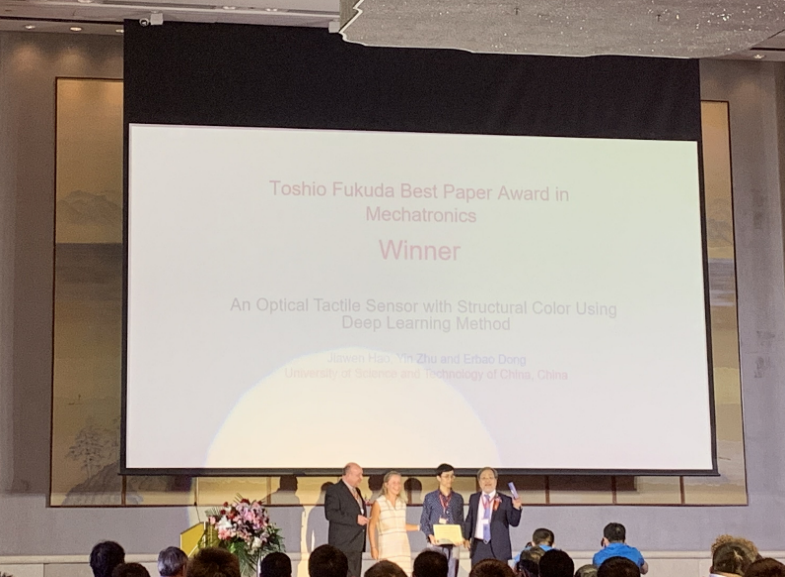
IEEE ICMA is sponsored by the International Institute of Electrical and Electronics Engineers (IEEE). It is usually held once a year since founded from 2003 and is an important international conference in robotics and automation field. IEEE ICMA 2019 was held in Tianjin, China from August 4 to 7. It had more than 450 experts and researchers from about 28 countries and regions such as China, the United States, Canada, Australia, the United Kingdom, Germany, Japan, South Korea, Taiwan, and Hong Kong that participated in this conference. This conference received 682 submitted papers and accepted 449 of them.
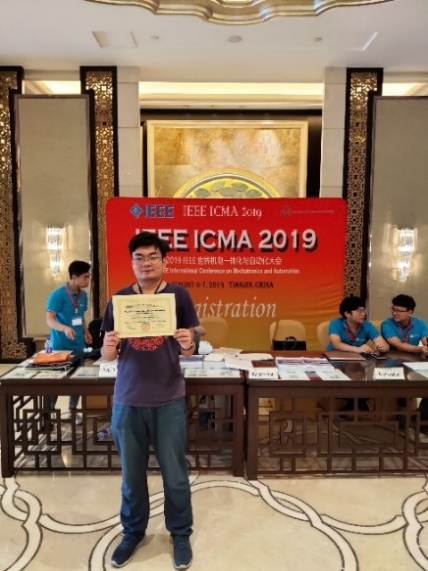
The paper Chromatic surface microstructures on bionic soft robots for non-contact deformation measurement was published by the Institute of Engineering's bionic robot research team in 2017 at IEEE ICRA, the top meeting in the robotics field. In this paper, it was first proposed to prepare bionic micro-nano structures on the surface of a soft robot to form a surface structure color, which can be used for non-contact deformation measurement of soft robots. It has attracted great attention from domestic and foreign counterparts. Subsequently, a robot flexible tactile perception method based on surface structure color was proposed, which was published in the famous journal Bioinspiration and Biomimetics in 2019. In the paper published in IEEE ICMA 2019, the team further explored the miniaturization design of this type of flexible tactile sensor and the tactile perception information processing method based on deep learning algorithms.
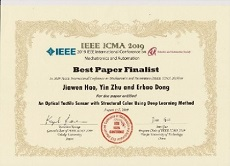
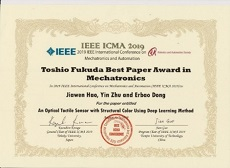
The first author of this paper is Hao Jiawen, a master's student in the Department of Precision Mechanics and Precision Instruments, School of Engineering Science. The co-author is doctoral student Zhu Yin, and the corresponding author is Associate Professor Dong Erbao. This work was funded by the National Natural Science Foundation of China, the National Key Research and Development Program, and the special funds for basic scientific research operations of central universities.

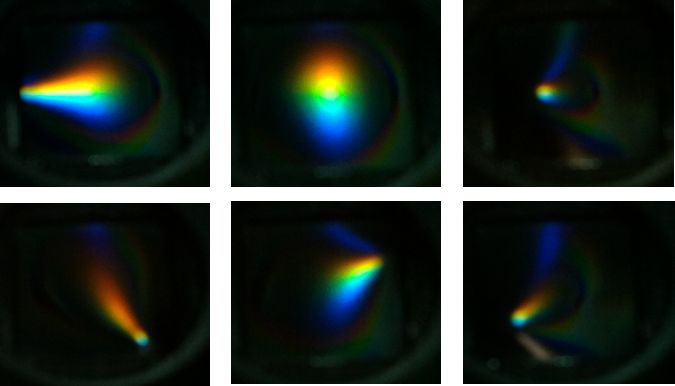
Back

